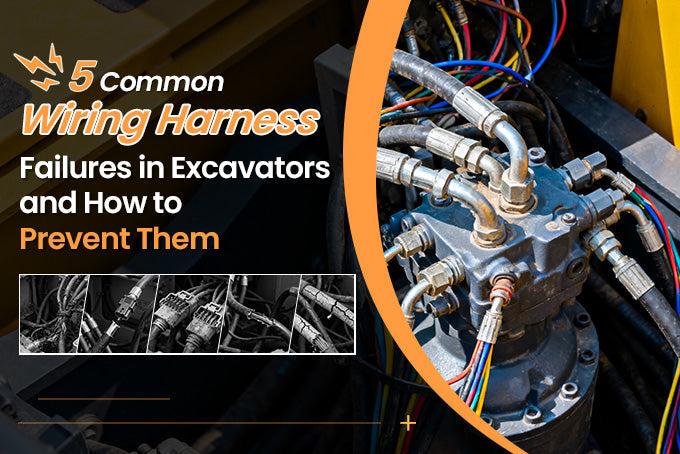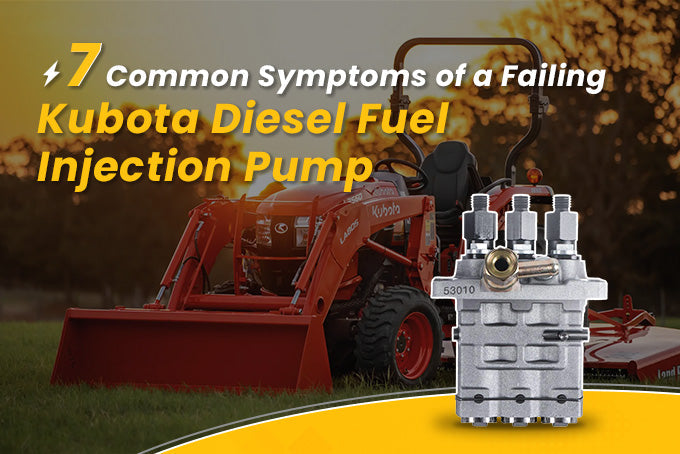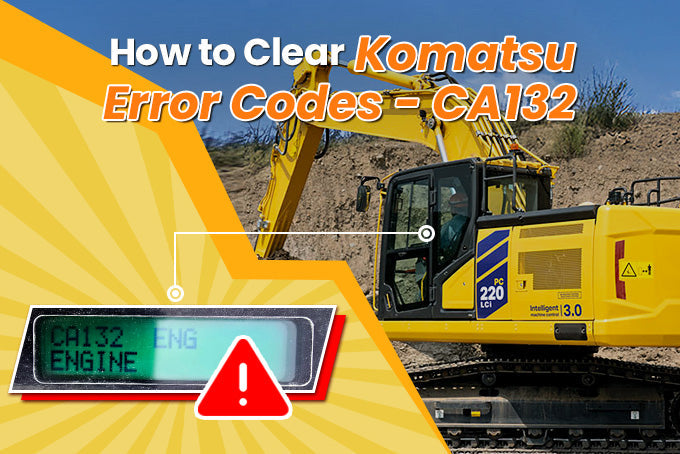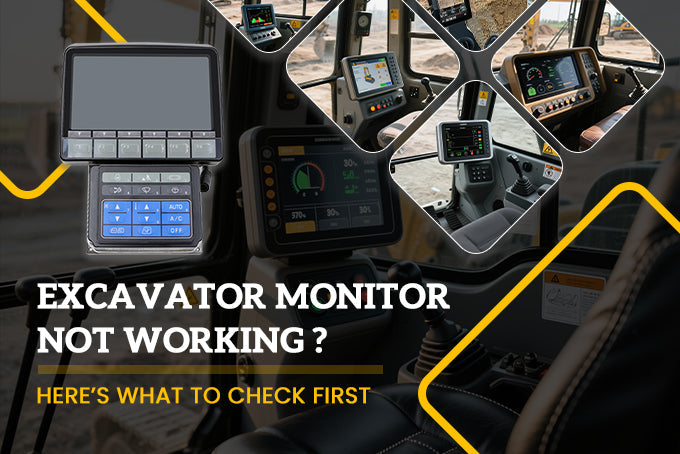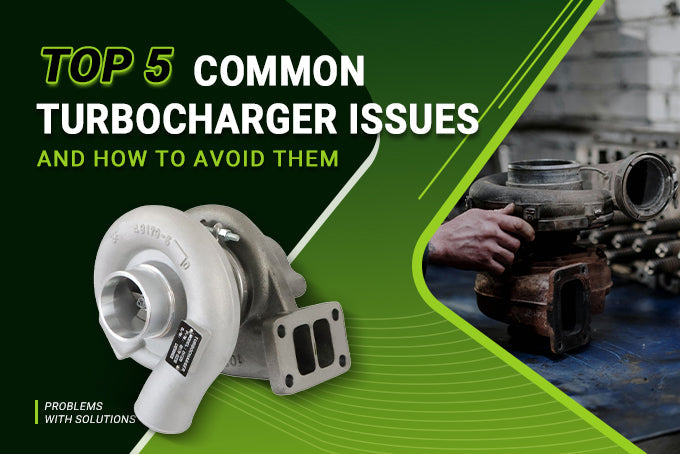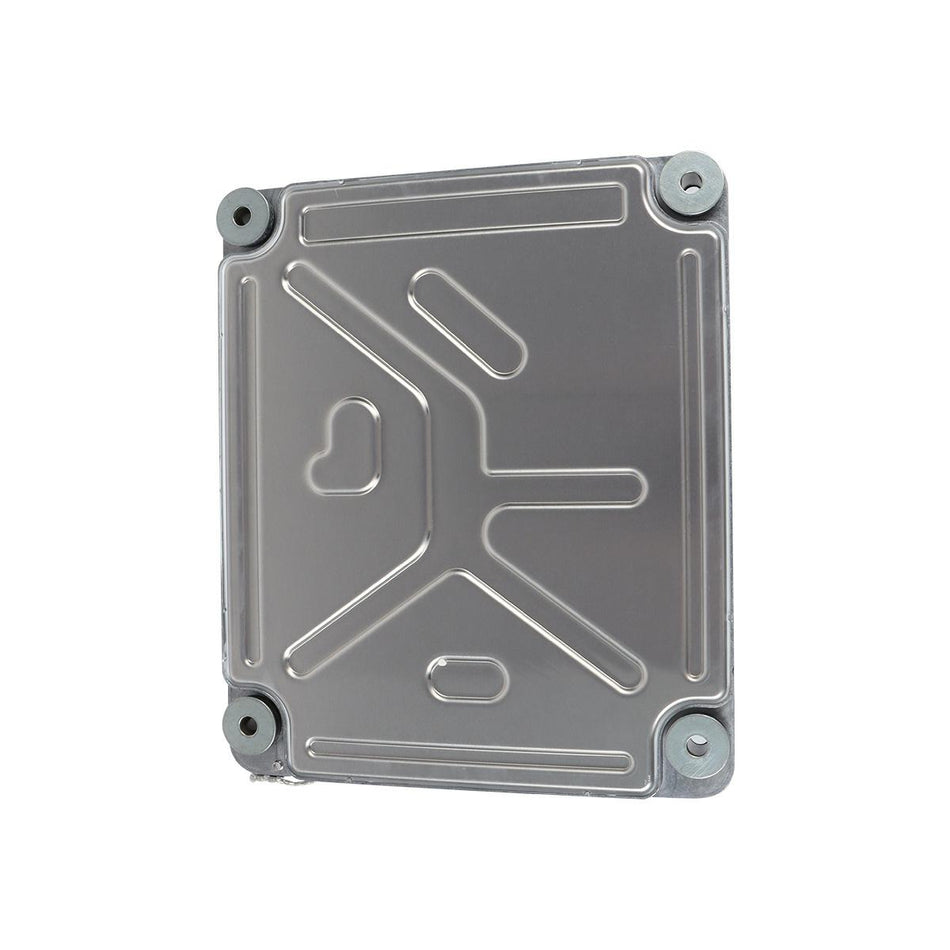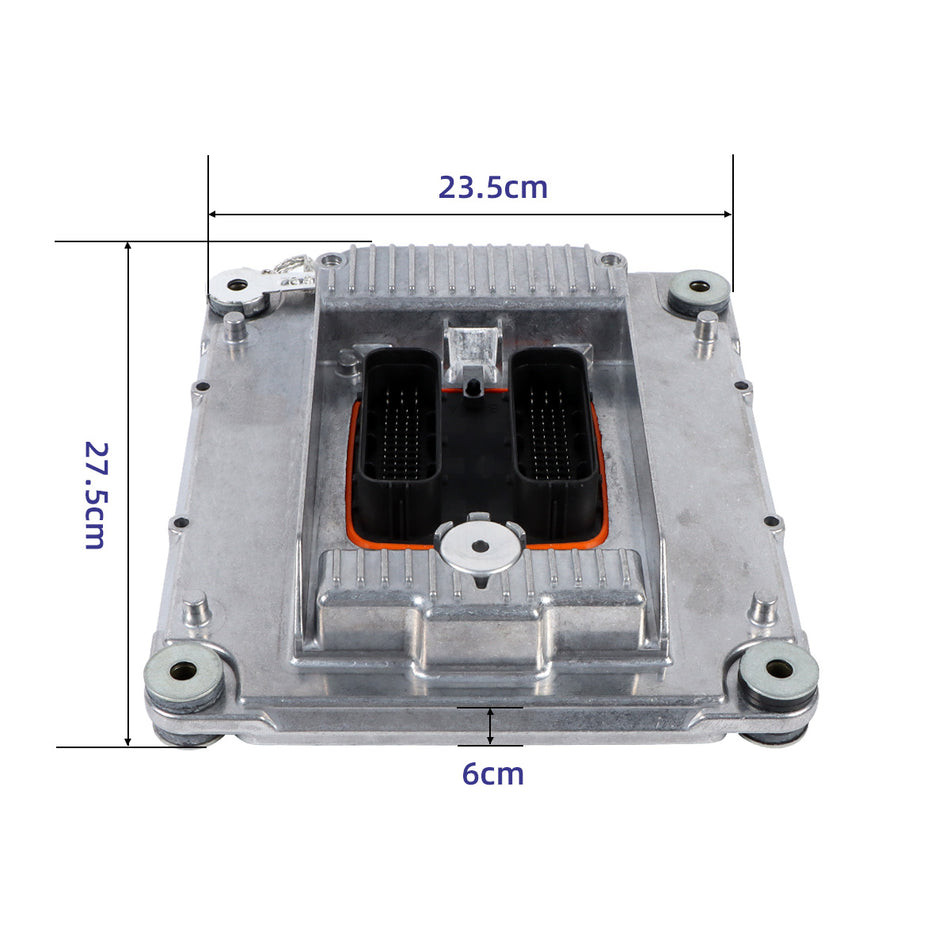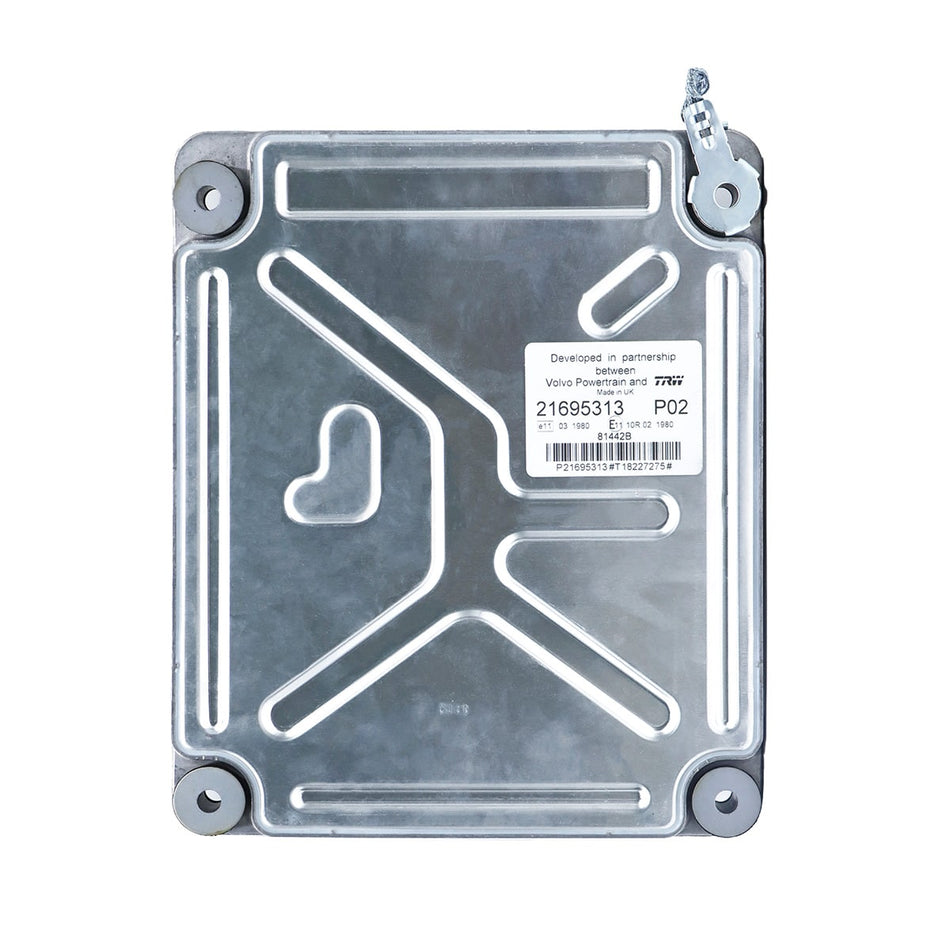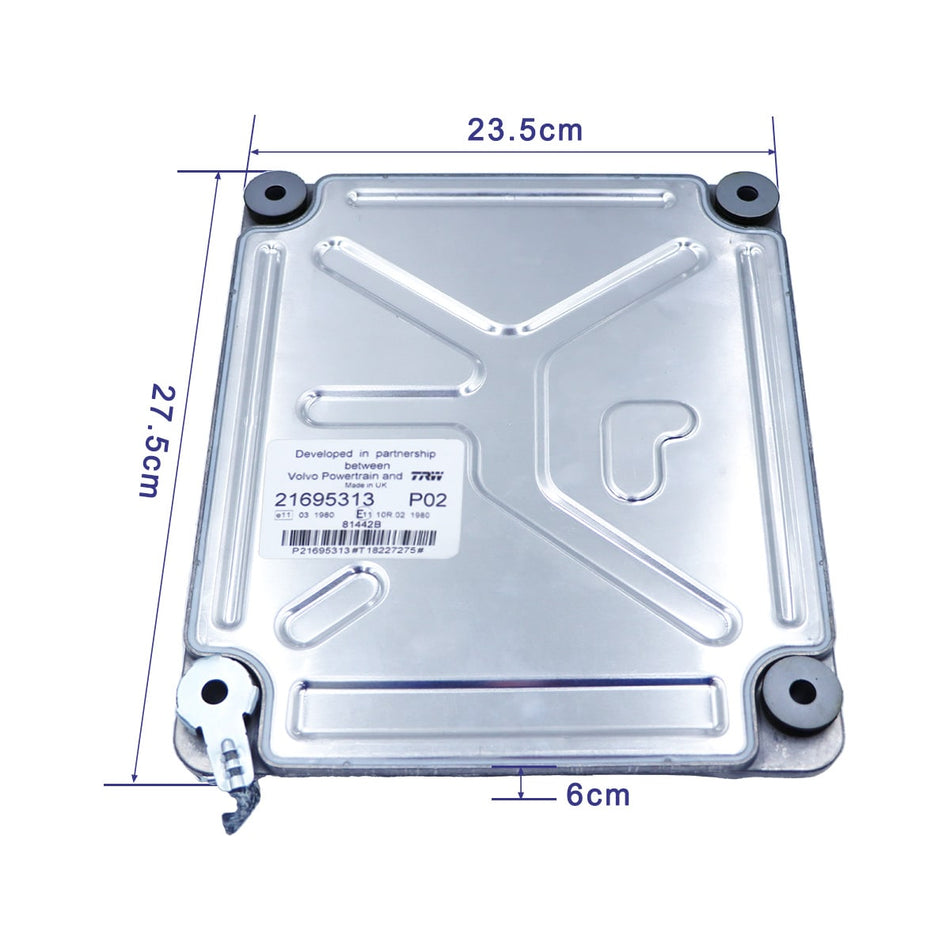Hearing strange noises from your oil pump? Don’t ignore them. A noisy oil pump is often the first red flag that something serious is brewing under the hood. Left unchecked, what starts as an odd whine or grind can lead to catastrophic engine failure or expensive repair downtime. As a supplier of heavy-equipment aftermarket parts, SINOCMP knows how critical quick diagnosis and repair are for your fleet. Let’s dive into why your oil pump is screaming for help – and how to silence it for good.

Why Do Oil Pumps Make Noise? Common Culprits
Understanding the root causes helps you fix the problem faster. Here are the most common culprits:
1. Low Oil Level: The Silent (Then Loud) Killer
2. Worn Oil Pump Gears
3. Clogged Strainer/Screen: The Blocked Path
4. Incorrect Oil Viscosity
Using oil that's too thick or too thin for your system can cause cavitation or excessive internal friction, resulting in strange noises. This is especially true in colder climates.
Solution: Match your oil type to the equipment’s operational requirements. When in doubt, consult your owner's manual.
5. Loose or Misaligned Drive Shaft
In many machines, the oil pump is driven mechanically. If the drive shaft is loose or worn, it can lead to clicking or metallic clanking sounds.
Pro tip: During regular maintenance, check for shaft wobble or misalignment and tighten all connections.
Step-by-Step Diagnosis: Be Your Own Mechanic
Step 1: Visual & Fluid Check
Step 2: Isolate the Noise
Step 3: Pressure Test (For Hydraulic/Engine Pumps)
Fixes That Last: From Quick Wins to Full Replacements
Quick Fixes (For Minor Issues)
-
Top Off/Change Oil: Use high-quality, viscosity-correct fluid (SINOCMP recommends OEM-grade oils for our pump replacements).
- Clean/Replace Strainer
Major Repairs (When Components Fail)
Prevent Noise (and Failure) Long-Term
Maintenance Schedule Must-Dos
Upgrade to Reliable Parts
Final Thoughts: Don’t Ignore the Soundtrack of Failure
A noisy oil pump is never just background noise—it’s a warning. Catching the issue early can save thousands in repairs and protect your equipment’s lifespan. With this quick-action guide, you can identify and fix the problem before it snowballs. Stay alert, stay proactive, and let the sound of your machinery be one of power, not distress.








